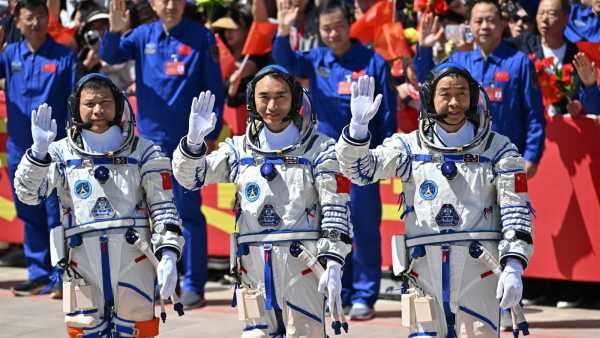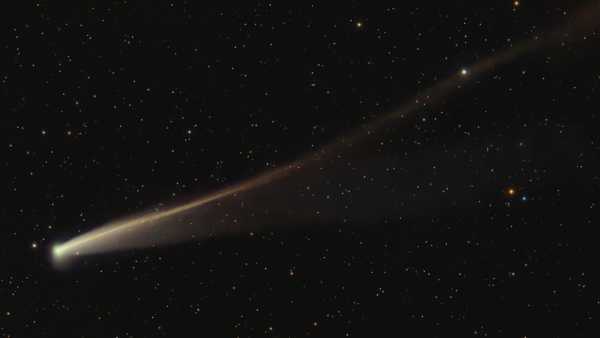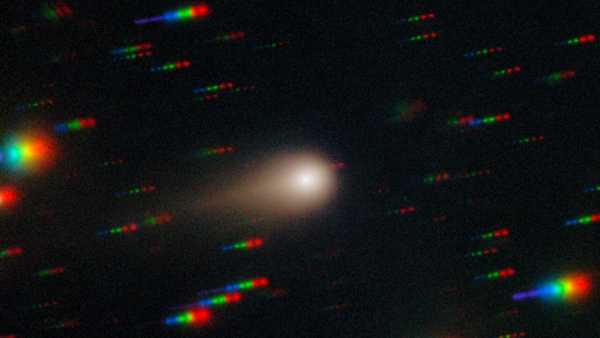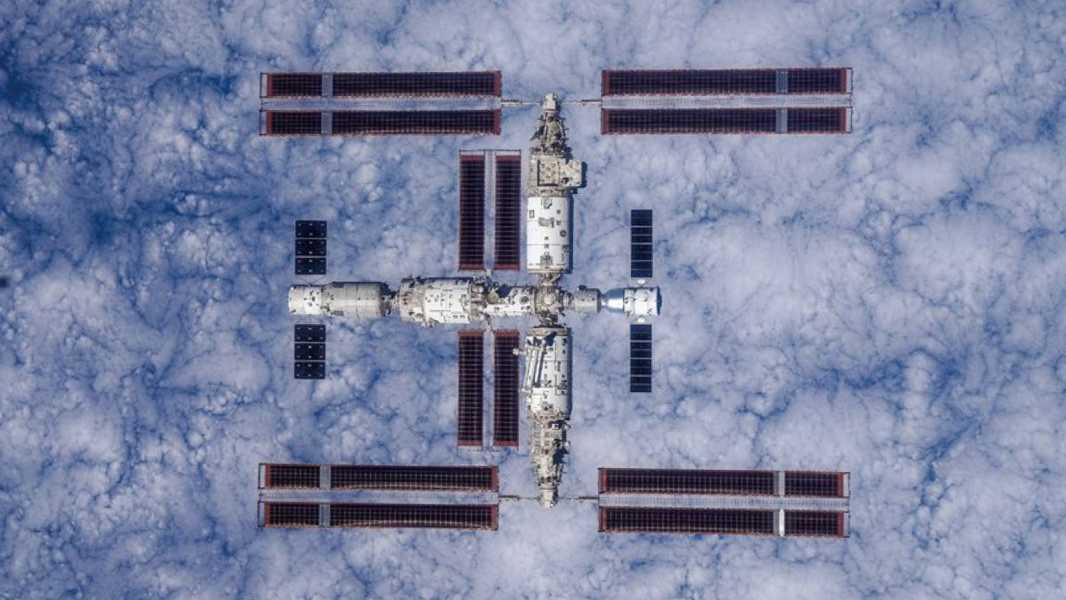
Astronauts on China's Tiangong space station have produced rocket fuel and oxygen from water and carbon dioxide, mimicking the photosynthesis process common in plants. (Image courtesy of China Manned Space Agency)
Chinese astronauts have just synthesized rocket fuel and oxygen in space using a novel method called “artificial photosynthesis.” The revolutionary technology, which requires minimal energy and simple equipment, could be used in the future on a proposed lunar base that China plans to build within the next decade.
The experiments were carried out by Shenzhou-19 crew members aboard China's Tiangong (meaning “heavenly palace” in Chinese) space station, which has been fully operational in low Earth orbit since November 2022.
The artificial photosynthesis technology, which has been in development since 2015, converts carbon dioxide and water into oxygen and rocket fuel components using a simple “box” device and a “semiconductor catalyst,” Interesting Engineering reports. The process is similar to photosynthesis in plants, which produces glucose instead of rocket fuel.
In this case, the astronauts synthesized the hydrocarbon ethylene, which can be used as rocket fuel. However, by using different catalysts in the reaction, the researchers believe they could produce methane, which can also serve as a fuel; and formic acid, which can be used as a preservative, antibacterial agent, or raw material for making sugars, Interesting Engineering reports.
“The technology imitates the natural photosynthesis process of green plants by using physical and chemical engineering methods, using carbon dioxide resources in closed spaces or extraterrestrial atmospheres to produce oxygen and carbon fuel,” Chinese state media CCTV reported on January 19. “The work is expected to provide critical technical support for human survival and space exploration.”
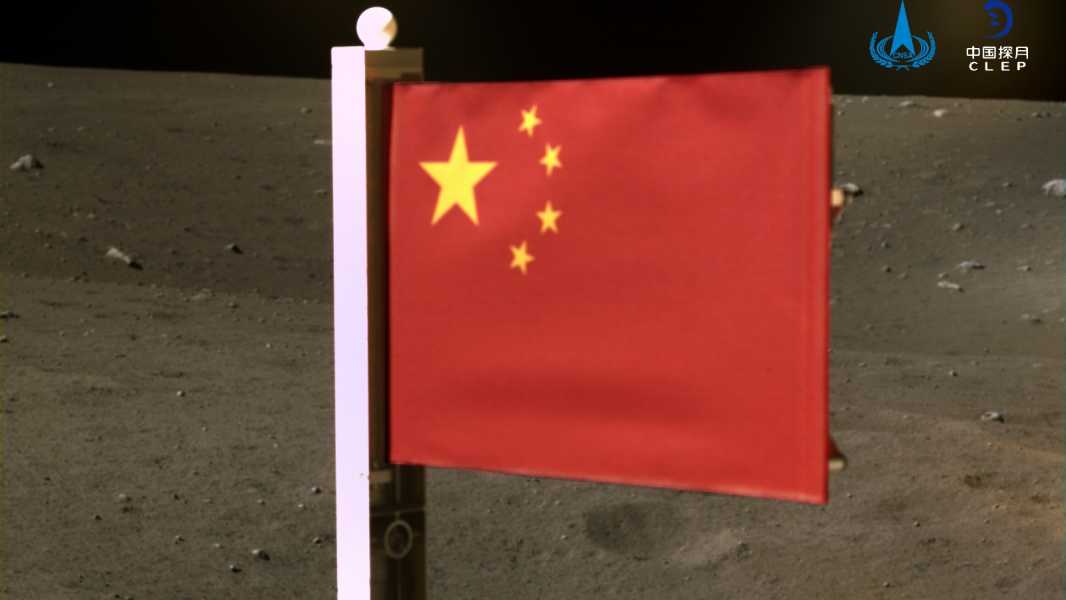
China plans to send humans to the moon by 2030 and build a lunar base by 2035. (The Chang'e 5 lunar lander planted this Chinese flag on the moon's surface in 2020.)
The researchers have not released details about the technology. However, as reported by the South China Morning Post, it is expected to require significantly less energy than the electrolysis method used to produce oxygen from water on the International Space Station (ISS). According to a 2023 study, electrolysis uses up to a third of the ISS's power output.
The new tests are the latest in a series of experiments conducted aboard Tiangong. Previous experiments included cultivating lettuce and tomatoes, and lighting the first match in space.
Moon
Sourse: www.livescience.com


